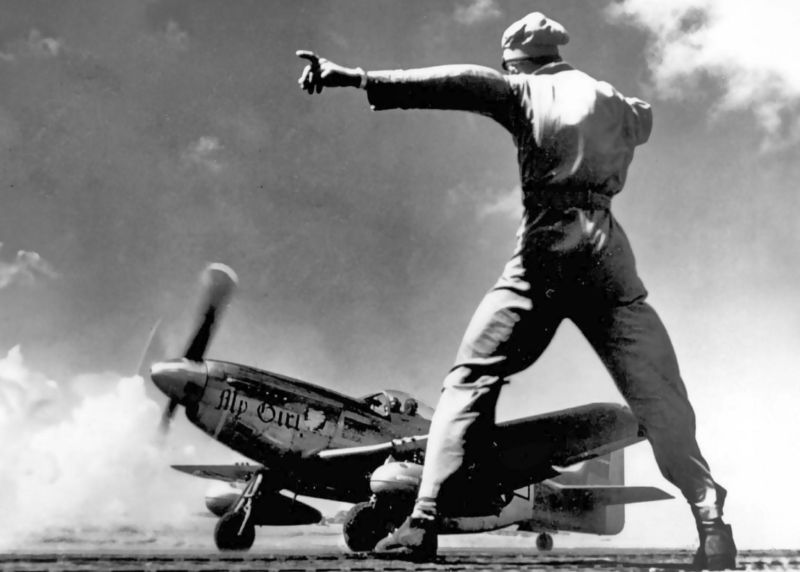Area factories did their part during World War II
During World War II, the United States underwent a remarkable transformation in its industrial production. Prior to the war, American factories were busy manufacturing all the essentials of life.
This drastically changed in January 1942 when, one month after the attack on Pearl Harbor, President Franklin D. Roosevelt established the War Production Board. This board’s goals were twofold:
—Conversion of factories: The primary objective was to convert peacetime industries into manufacturing plants for weapons and military equipment. Factories shifted their focus from consumer goods to producing guns, tanks, aircraft engines, ships and other essential war materials.
—Resource conservation: The second goal was to conserve vital materials like metal, rubber, paper and plastic. These materials were crucial for the war effort, and strict rationing measures were implemented for civilians. Vehicle usage was limited, and luxury items were restricted.
In 1941 around 3 million cars were manufactured in the U.S. During the entire war, only 139 additional cars rolled off the assembly lines. Instead, automakers shifted their production to military equipment. Shipyards produced entire fleets of aircraft carriers, battleships, destroyers, submarines and other vessels.
The U.S. built nearly 9,000 war vessels, excluding landing vessels, which was more than three times the combined total produced by all other powers. American industry supplied a significant portion of the Allies’ military equipment including aircraft, artillery, tanks and trucks. By the end of World War II, half of the world’s wartime industrial production occurred in the United States.
Women on the homefront took jobs traditionally held by men such as welders, mechanics and aircraft assembly workers. Between 1940 and 1945, the percentage of the U.S. workforce that was female increased from 27% to almost 37%.
Locally, nearly all industries in Holmes and Wayne counties participated in war production.
In Wooster some of the industries continued to produce what they did in peace time, just more of it. Wooster Brush, for example, continued to produce brushes but shifted to mostly synthetic bristles. Bauer Ladder Company continued to produce ladders but also produced shipping containers for other companies.
Food producers like Wooster Preserving Company and Smucker’s continued to produce their traditional products but packaged uniquely for military use. Smucker’s was awarded the Army-Navy “A” Award for outstanding quality and efficiency. The Timken Company continued to produce tubes for the production of bearings used in all sorts of military machines.
Other companies had to shift gears to join the war effort. Gerstenslagers (now ArtiFlex) produced over 37,000 G-518 two-wheel, 1-ton trailers. It also produced mobile shoe repair shops and emergency floodlight systems.
Buckeye Aluminum Company, which became Acme Engineering Company during the war, then reverted to Buckeye Aluminum near the end of the war, joined the war effort by making canteens and emergency mess kits. During the war the company manufactured various types of ammunition.
Wooster Rubber Company, which became Rubbermaid after the war, stopped making housewares and started making self-sealing fuel tanks for various military aircraft. The company also manufactured synthetic rubber fittings and couplings. The Mae West vest used by aviators in the Army and the Navy was made by Wooster Rubber Company.
Wooster Products continued to produce anti-slip stair treads as they always had. But they also produced numerous gray iron and aluminum castings used in the production of various military aircraft.
United Steel Fabricators produced many different stamped steel parts for the military, but the vast majority of its production was Marston Mats, linkable steel strips that were used to create aircraft landing strips on poor terrain such as sand. They were used heavily in North Africa and the Pacific islands. United Steel Fabricators received the Army-Navy “E” Award for outstanding quality and efficiency.
Orrville industries contributed heavily to war production during World War II. Orrville Body, which became Orrville Products, produced hulls for U.S. Navy firefighting boats. Will-Burt produced parts for bombs, parts for aircraft landing gear and parts for the auto-firing Bofors anti-aircraft guns.
Flxible Corporation, noted manufacturer of buses with plants in Loudonville and Millersburg, during the war switched to making parts for Liberty ships, M4 tanks, F4U Corsair fighter aircraft and Goodyear “L” type blimps.
Goodyear Aircraft Company operated a plant in Millersburg manufacturing parts for the F4U Corsair fighter aircraft.
Perhaps the most profound switch in manufacturing was that made by Briar Hill Stone Company of Glenmont.
Since the military had little need to cut stone, Briar Hill Stone started producing steel products and did so throughout the war. The company made parts for military cranes, salt water condensers and the LVT-4, an amphibian tractor known as the “Water Buffalo.”
Like many other local companies, Briar Hill Stone Company was awarded the Army-Navy “E” Award for quality and efficiency. At the end of the war, the company switched back to stone cutting, which it continues to do today.

